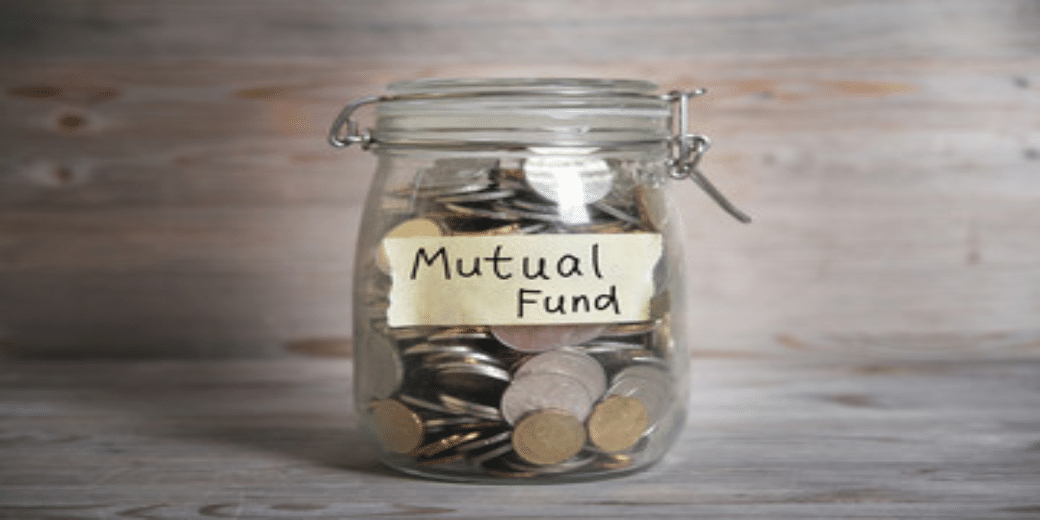Go Dynamic to cover all your risks!
Dynamic Asset Allocation Fund is a type of hybrid mutual fund that invests in both equity and debt instruments. In DAAF, the fund house has the freedom to change the allocation according to the market trends.

Do you want to invest in equity funds but are unwilling to take too many risks? Then you can opt for dynamic asset allocation fund which could meet all your requirements.
Dynamic Asset Allocation Fund, also known as Balanced Advantage Fund, is a type of hybrid mutual fund that invests in both equity and debt instruments. When it comes to Dynamic Asset Allocation Funds, the fund house has the freedom to change the allocation according to the market trends. According to the Association of Mutual Funds in India (AMFI), the fund house can invest up to 100% in equity as per its discretion. When they feel that there could be a downturn in the market, they can invest the entire amount in debt funds.
In DAAF, fund managers closely monitor investments. They conduct market research and analysis and adjust the exposure to equity or debt in the scheme keeping the investment objective in mind. With increasing valuation, when the market is at an all-time high, fund managers may consider investing in debt funds. However, when the market is at lower levels, they may increase exposure to equity. Return is the most important aspect in any investment.
According to the data of Ace Mutual Fund as on March 11, 2024, the average return in DAAF in the last one year is 22.66%, 10.10% in the last three years, and 10.17% in the last five years. Shriram Balanced Advantage Fund has given the highest return of 29.73% in the last one year, while Motilal Oswal Balanced Advantage Fund has given a return of 26.78% in the last year.
Tax implication:
Now the question is, how is the earning from Dynamic Asset Allocation Fund taxed? These funds come under the equity category. If units of an equity fund are sold before one year, the return received is considered Short Term Capital Gain (STCG). A tax of 15% is levied on this return. Similarly, if units of an equity fund are sold after at least one year, the benefit received is considered Long Term Capital Gain (LTCG). In the case of Long Term Capital Gain in equity funds, a tax of 10% is levied, but the tax is applicable only when an investor gains more than Rs. 1 lakh in a financial year. This means that profits up to Rs. 1 lakh in equity are tax-free.
Now, let’s understand whether you should invest in a Dynamic Asset Allocation Fund? If the equity market is volatile, investing in Dynamic Asset Allocation Fund can be a good option because these funds keep a close watch on investor risk and have the ability to increase returns despite the risk. The special thing is that during a major downturn in the stock market, due to exposure to debt and derivatives, DAAF is seen to incur less loss compared to pure equity funds. In such a scenario, DAAF not only increases the investor’s capital but also tries to save the investor’s money.
Jay Shah, Founder and CEO of Finwisor, says that in Dynamic Asset Allocation Fund, the fund manager has complete freedom in allocation. If necessary, the manager can increase exposure from equity to debt and vice versa, without any tax implications, meaning there will be no change in tax implications on the front of investment. For those who want to reduce the risk of market ups and downs, Dynamic Asset Allocation Fund is an excellent investment option.
For investors looking to diversify their portfolios, Dynamic Asset Allocation Fund is a good medium. These funds offer a higher risk-reward ratio, which increases the expectation of higher returns compared to debt funds in this investment. There should be a minimum three-year perspective for investing in DAAF. Keep in mind that due to exposure to equity, be prepared to take risks in this investment. Overall, for those who are willing to take medium to heavy risks, DAAF is a good option.